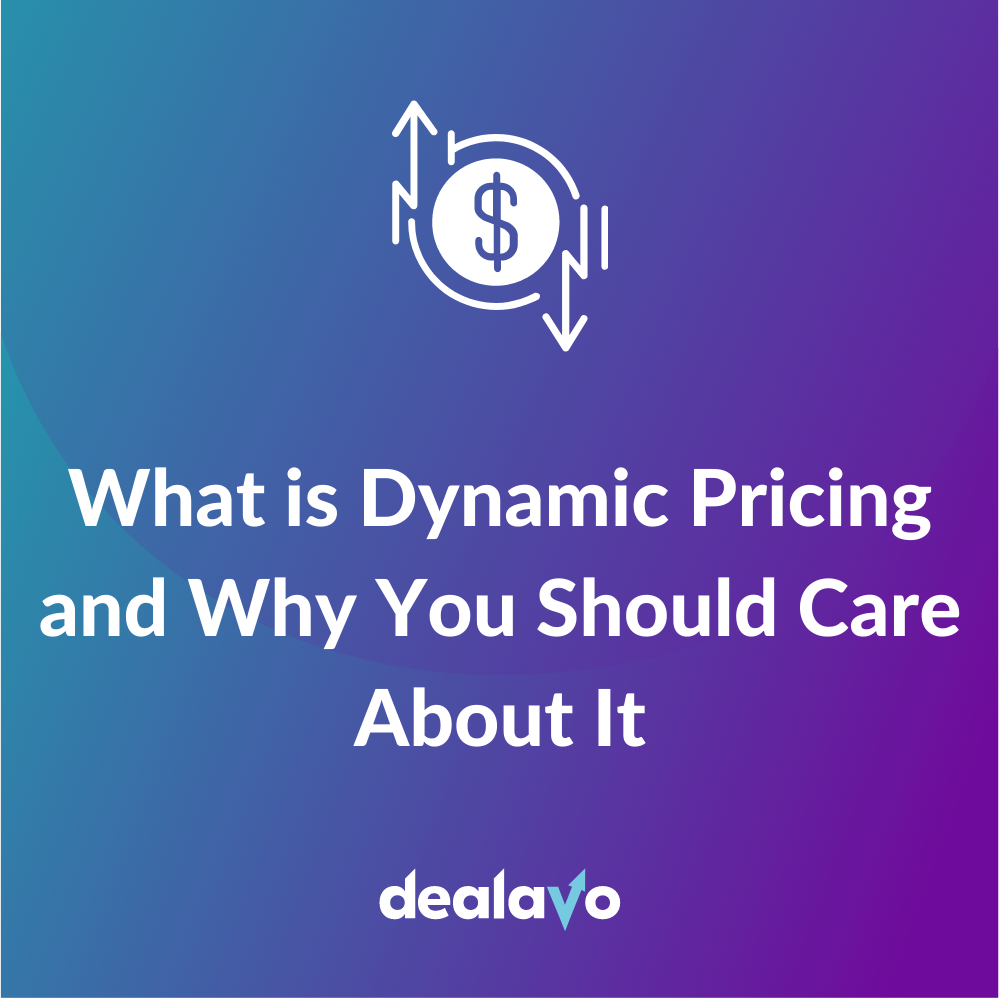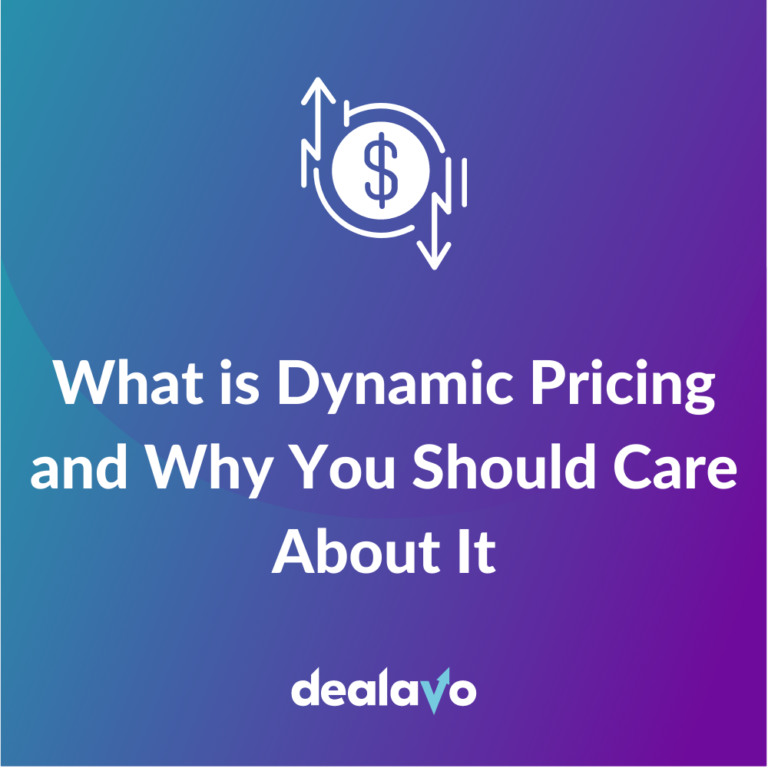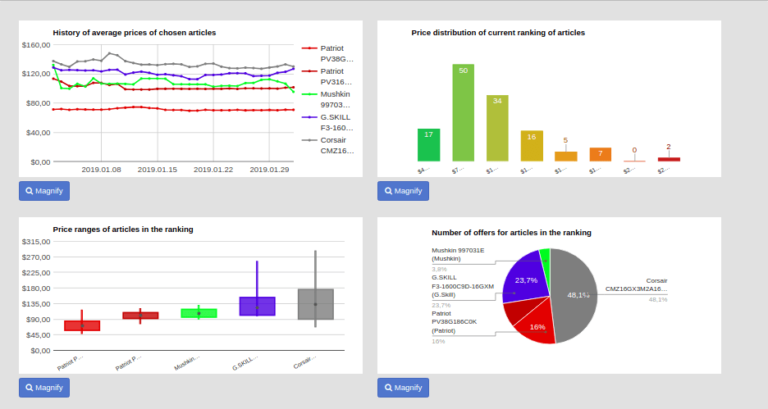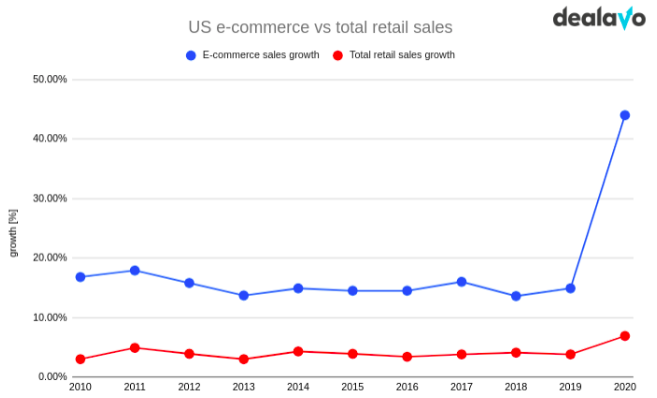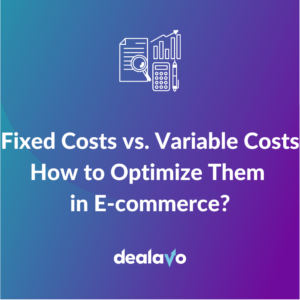
Fixed Costs vs. Variable Costs – How to Optimize Them in E-commerce?
- 31 August 2023
In the dynamic realm of e-commerce, mastering cost optimization is a game-changer for businesses seeking growth and competitiveness. Fixed and variable costs can influence businesses’ profitability and market standing. We’ll try to uncover the secrets of cost optimization in e-commerce, and explain how it can propel your business toward greater profitability and success.
In this article, we embark on a journey to explore:
- fixed costs vs. variable costs differences,
- the strategies for cost optimization,
- the significance of the right balance between both types of costs,
- the useful tactics and tools for enhanced profitability and cost optimization.
Understanding Fixed Costs and Variable Costs
In the world of e-commerce, understanding the distinction between fixed costs and variable costs is foundational.
Fixed costs are, for example:
- rent for warehousing,
- salaries for the team,
- website maintenance fees,
- insurance,
- loan installments,
- telecommunication bills.
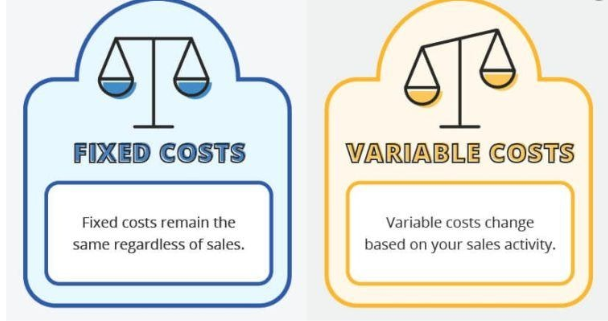
Source: https://www.oberlo.com/ecommerce-wiki/variable-cost
Variable costs may include:
- raw materials prices,
- shipping and packaging costs,
- commissions,
- utility and operational expenses.
In the context of an e-commerce business, a fixed cost could be the rent you pay for renting a warehouse to store your products. Variable costs would be the shipping and delivery costs you would need to pay in order to get those products right to your customers’ doors (once they ordered them online). Variable costs would also include the electricity and gas fees you would need to pay to maintain your warehouse.
The Importance of Cost Optimization in E-commerce
A strong focus on cost management is at the core of any successful e-commerce business. Cutting down wasteful spending gives businesses an advantage over rivals in a tough market, while also increasing their margins of profit.
Since the lack of cost optimization might lead to stagnation and lost opportunities, it should never be neglected. This aspect has the potential to significantly alter the course of a company in ways that cannot be ignored.
The potential pitfalls of disregarding cost optimization may include:
- eroded margins – unchecked spending on fixed and variable costs alike can gradually erode profit margins,
- missed opportunities – neglecting cost optimization can lock businesses into rigid financial structures, making it hard to seize sudden investment opportunities,
- reduced competitiveness – struggling to match prices, offer promotions, or invest in customer experience, businesses neglecting cost optimization may find themselves at a competitive disadvantage.
Strategies to Optimize Fixed Costs in E-commerce
Effectively managing fixed costs is crucial for e-commerce success. By implementing these strategic tips, you can optimize fixed costs and channel resources into growth:
- understanding lease terms – skillful negotiating might result in lower rent, longer leases (e.g., for warehouses, office etc.), or shared maintenance costs,
- automation – use automation to streamline operations, reduce labor expenses, and increase productivity,
- outsourcing – outsource non-core work,
- being energy-efficient – make investments in energy-saving technologies to reduce utility costs (electric energy, water, gas).
Strategies to Optimize Variable Costs in E-commerce
Managing variable costs is pivotal in e-commerce triumph. These fluid expenses wield immense influence on your financial equilibrium.
These strategic tactics can optimize variable costs in your e-commerce business and amplify your operational prowess:
- improving inventory management – reduce holding and storage expenses to promote leaner financial operations,
- bulk purchasing – bulk purchase to secure favorable pricing from suppliers, optimizing your cost structure,
smart shipping and logistics solutions – ensure prompt and affordable order deliveries by improving shipping and logistics for cost-effective transportation.
Balancing Quality and Cost Optimization
The delicate balance between quality and cost reduction constitutes lets one separate unique companies from the less successful businesses in the complex world of e-commerce.
Finding that fine balance is the ability that forms customer satisfaction and sustains brand integrity.
Prioritizing Customer-Centric Brilliance
As you embark on cost-cutting endeavors, ensure that your commitment to exemplary customer service remains unwavering. Satisfied customers are the bedrock of sustainable success.
Showcasing Balance in Motion: Amazon and Zappos
Two shining examples that illuminate quality-to-costs balance in action are Amazon and Zappos, both of which have set remarkable benchmarks by seamlessly fusing product excellence and prudent cost management.
Amazon
One key strategy in the case of Amazon lies in its data-driven approach to inventory management. By closely analyzing customer behavior and demand patterns, Amazon keeps its inventory lean, reducing storage costs and minimizing overstock.
Zappos
Zappos invests significantly in employee training and engagement, fostering a customer-centric culture that translates to outstanding service. While this might seem cost-intensive, Zappos’ approach pays off by building brand loyalty and repeat business, ultimately reducing customer acquisition costs.
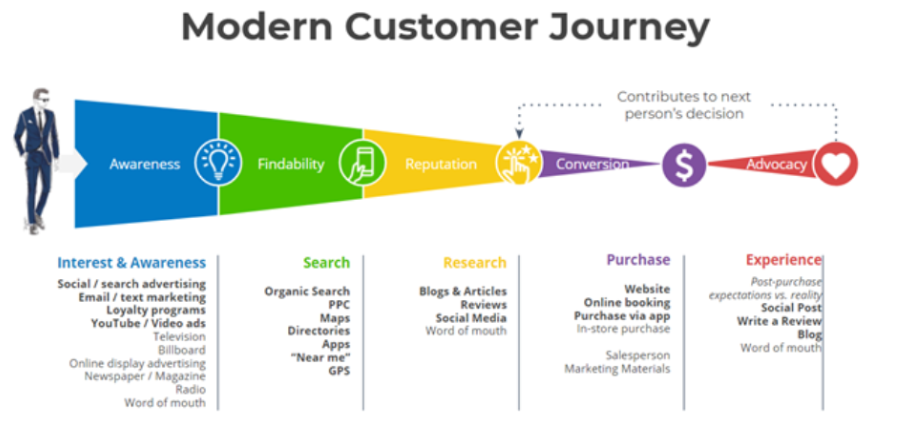
Source: https://thestrategystory.com/2021/04/13/zappos-customer-service-strategy/
Their emphasis on high-quality products and hassle-free returns not only enhances customer satisfaction but also minimizes costs associated with returns and exchanges.
Utilizing Technology and Analytics for Cost Optimization
In the dynamic realm of e-commerce, harnessing the power of technology and analytics can be the secret ingredient to finely-tuned cost optimization strategies.
Data-Driven Approach
Leverage the potency of data analysis to make informed decisions on marketing spending and customer acquisition costs.
A deep dive into customer behavior patterns can unveil insights that drive cost-effective strategies and boost revenue.
Embracing AI-Driven Solutions
The rise of artificial intelligence is a game-changer. AI-powered solutions can automate repetitive tasks, minimize errors, and maximize operational efficiency.
By leveraging the AI technology, you can enhance your cost-saving techniques and aim at establishing and maintaining a more agile e-commerce ecosystem.
Predictive Analytics for Smart Decision-Making
AI’s predictive analytics capabilities offer insights that can reshape cost optimization strategies. When making decisions about inventory levels, price changes, and marketing campaigns, these systems can examine previous data, spot patterns, and anticipate trends.
Automating Repetitive Tasks
By leveraging AI-powered tools, e-commerce businesses can delegate tasks such as data entry, order processing, and inventory management to intelligent systems. With this, you can:
- free up human resources for more strategic endeavors,
- minimizes the risk of errors,
- accelerate the pace of operations in your e-commerce business.
Preventive Maintenance
For businesses with physical infrastructure, AI-powered systems can monitor equipment and facilities in real-time. By detecting anomalies and potential breakdowns early, businesses can schedule maintenance proactively, preventing costly disruptions and minimizing downtime.
The Role of Price Monitoring
Price monitoring is crucial in developing a proper cost optimization strategy. Dealavo‘s price monitoring capabilities empower businesses with real-time data, competitive insights, and the ability to make data-driven pricing decisions.
By capitalizing on real-time market intelligence, making agile pricing decisions, and leveraging Dealavo’s tailored functionalities, businesses can attain optimal cost efficiency.
Reliable Market Insights with Dealavo
Dealavo‘s cutting-edge technology provides businesses with real-time insights into their competitors’ pricing strategies.
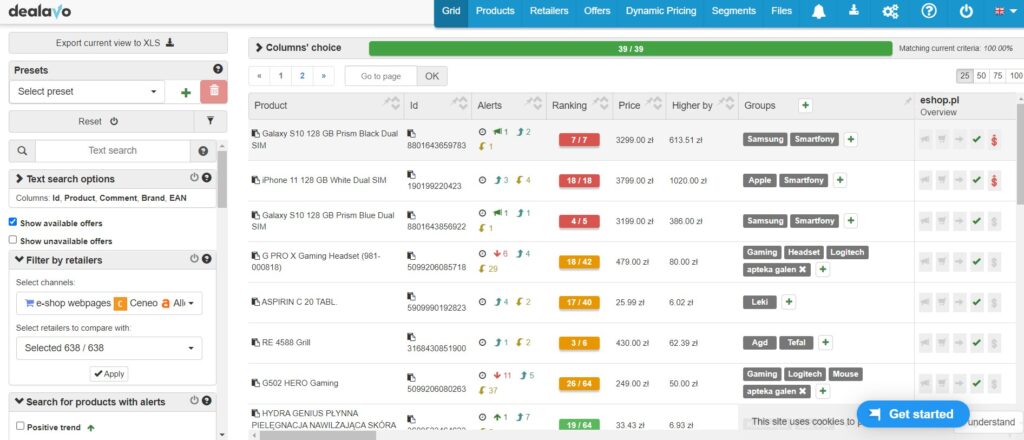
By constantly tracking market trends and rival offerings, Dealavo empowers businesses to make swift, informed pricing decisions that ensure competitiveness without compromising on profitability.
Dynamic Pricing
By analyzing current demand, supply, and competitive dynamics, businesses can adjust prices promptly, staying ahead of market shifts and maximizing revenue potential. This functionality is called Dynamic Pricing.
Optimized Promotions and Sales
Apart from pricing-related options, Dealavo also aids your business with the creation of effective promotions and sales strategies.
By analyzing historical price trends and gaining valuable market behavior insights, businesses can:
- identify optimal times for promotions,
- maximize customer engagement,
- increase revenue during sales events.
Conclusions
As the digital frontier continues to evolve, one truth remains constant: the mastery of cost optimization is the compass guiding e-commerce pioneers toward lasting success.
The importance of striking just the right balance of fixed vs. variable costs in e-commerce cannot be ignored. It’s also crucial to remember about the tools like Dealavo that enhance your cost optimization techniques.
